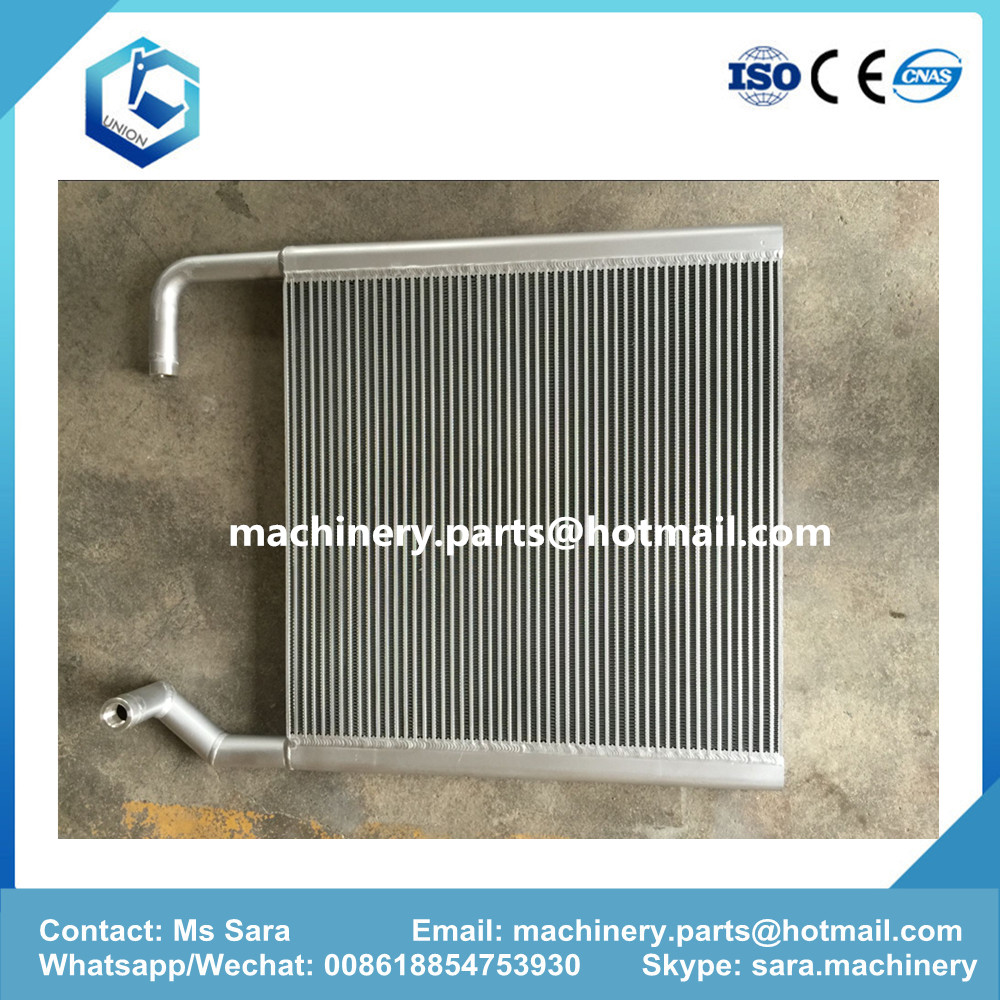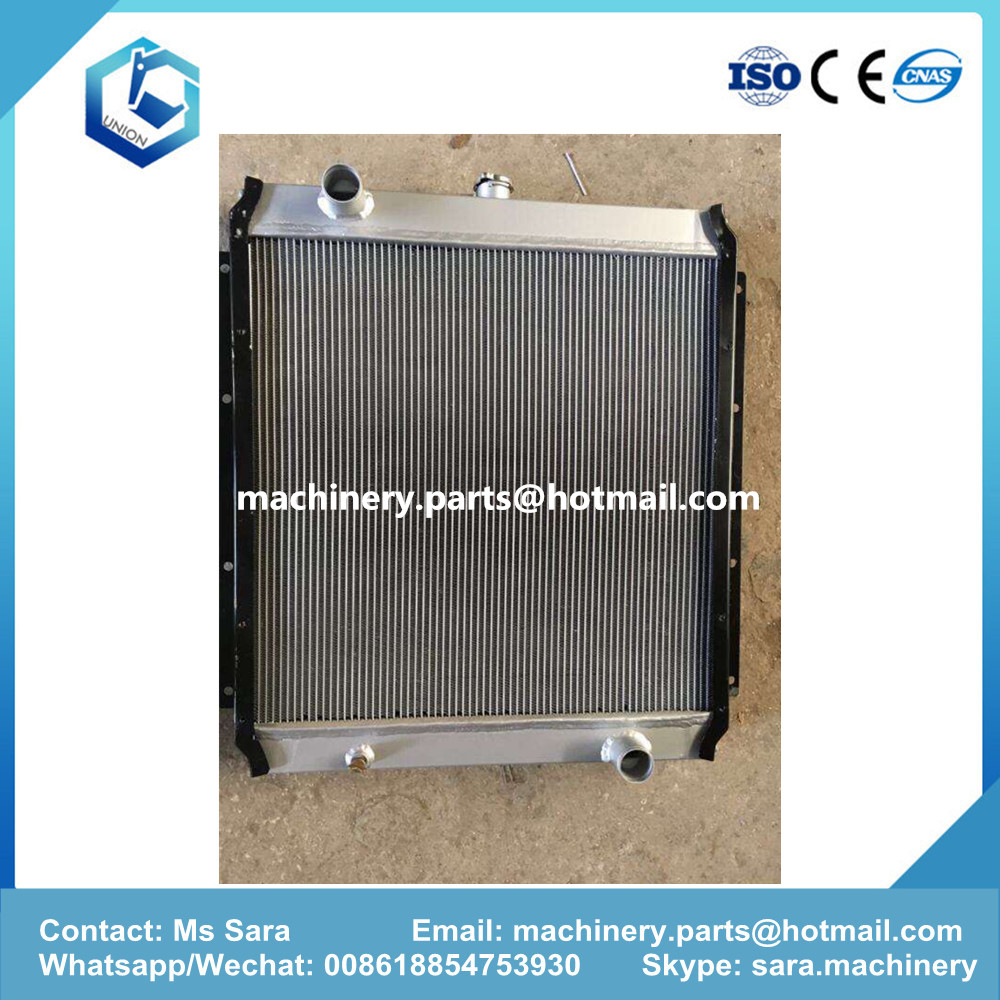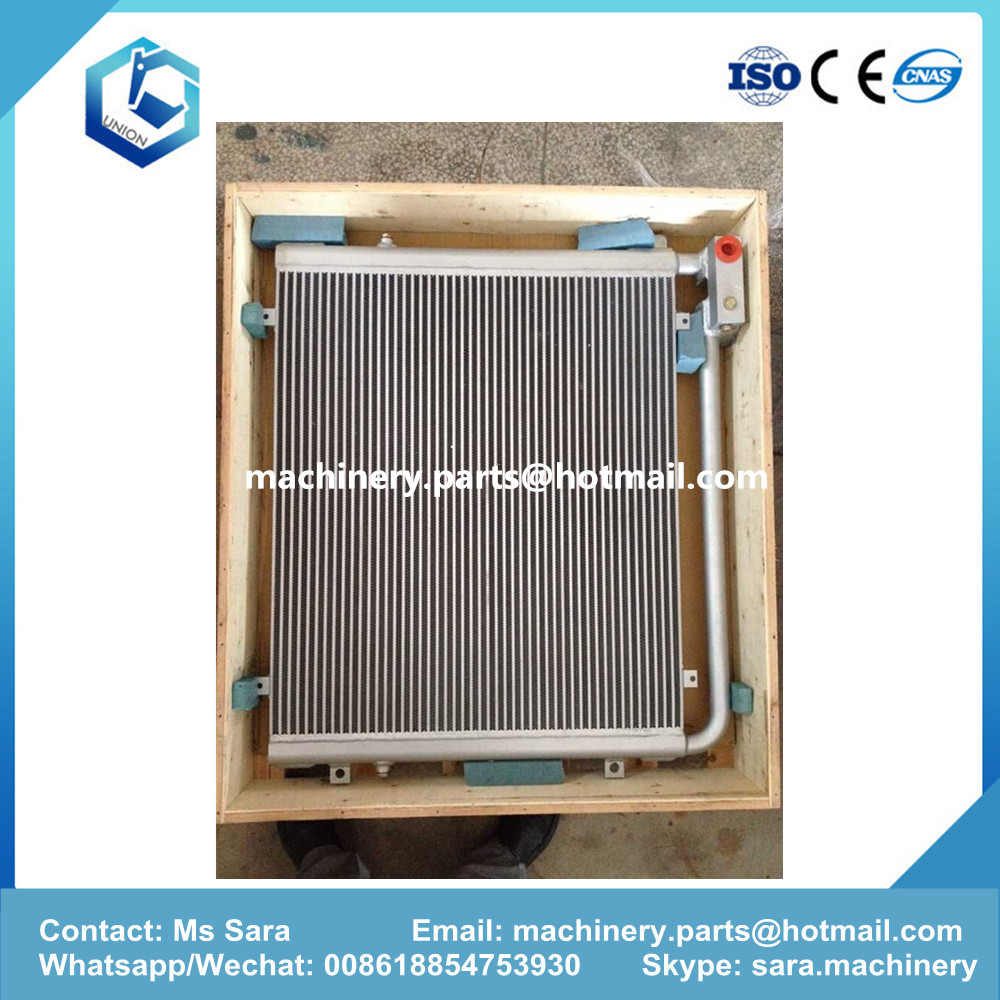As of August 31, Japanese automakers have successively announced global production data for July. Except for Nissan's global production growth, the other six have suffered a decline, which is related to the lower demand of Japanese auto market. In contrast, the strong demand for Honda and Nissan in China has prompted it to expand its production capacity, with Honda's production in China hitting record highs. Toyota's global production fell 4.7% in July, Japan's sales increased 9.8% In July of this year, Toyota Motor Corporation's global production fell 4.7% year-on-year to 823,059 units, of which overseas factory output fell 9.2% year-on-year to 453,762 units, while domestic factory production in Japan increased 1.5% year-on-year to 369,297 units. In July, Toyota's three business divisions only achieved a growth in global production. Toyota's global production fell slightly by 0.8% year-on-year to 295,230 units. Hino's global production fell 6.8% year-on-year to 13,009 units, while Daihatsu climbed 16.5% year-on-year. To 61,058 vehicles. In the first seven months of this year, Toyota Motor Corporation's cumulative global vehicle production fell slightly by 0.4% year-on-year to 5,856,176 units, of which domestic production fell 2.4% year-on-year to 2,332,865 units, while overseas factory production increased 1.0% year-on-year to 3,523,311 units. Toyota's sales in the Japanese market in July increased 9.8% year-on-year to 203,002 units, of which Toyota increased 9.5% year-on-year to 150,483 units, Daihatsu increased 10.7% year-on-year to 47,897 units, and Hino increased 9.3% year-on-year to 4,622 units. In July, Toyota’s exports from Japan to overseas markets increased by 2.0% year-on-year to 164,840 units. In the first seven months of this year, Toyota's cumulative sales in the Japanese market increased by 1.2% year-on-year to 1,326,379 units, and exports from Japan to overseas markets were 1,010,241 units, down 3.8% year-on-year. Nissan's global production increased by 7.2%, and its output increased by 5.6% in China. In July this year, Nissan's global production increased by 7.2% year-on-year to 403,517 units, which was the sixth consecutive month of gains. The company's Japanese production fell 2.9% year-on-year to 80,242 units; Nissan's overseas production increased 10% to 323,275 units, a 15-month growth, while setting a record for July. Nissan's production in China increased by 5.6% to 84,846 units in July. Production in the UK soared by 39.6%, the largest increase, reaching 36,108 units. Nissan's global sales in July fell 0.3% year-on-year to 431,593 units. Daily sales fell 21.5% year-on-year to 40,079 units. Nissan's overseas sales in Japan rose 2.5% year-on-year to 391,514 units, while setting a record for July. Nissan's sales in the US, Mexico, and Europe all reached record highs in July. In the US, sales in July rose slightly by 1.2% to 132,475 units, achieving growth for two consecutive months. Nissan's sales in China in July rose 8.9% year-on-year to 91,740 units. Honda's global production fell 4.3% in July In July of this year, Honda's global factories produced a total of 372,472 vehicles, down 4.3% year-on-year, and fell for the first time in 14 months. Among them, Japan's domestic production rose 8.7% year-on-year to 66,579 units, achieving three consecutive months of year-on-year growth; overseas factory output 17 For the first time in a month, it fell by 6.8% year-on-year to 305,893 units. Honda's production in North America fell sharply last month, down 20.4% year-on-year to 123,898 units. Asian production hit a new high in the same period in July. China's output hit a record high in a single month, up 20.5% year-on-year to 111,810 units. From January to July, Honda's cumulative global production climbed 10.4% year-on-year to 2,855,684 units; of which domestic production in Japan climbed 15.3% year-on-year to 458,893 units, while overseas plants climbed 9.5% year-on-year to 2,396,791 units. Among overseas factories, the cumulative output of Chinese factories from January to July was 656,566 units, a year-on-year increase of 28.0%. In terms of sales volume, the Honda brand's sales in Japan fell again in July, with a total of 53,568 new vehicles sold, down 10.8% year-on-year; cumulative sales from January to July still fell 6.7% year-on-year to 424,037 units. In terms of exports, Honda's new car exports from Japan to Japan in July reached a year-on-year growth for 13 consecutive months, soaring 91.4% to 15,783 units. The cumulative export volume in the first five months surged three-fold to 83,127 units. Suzuki's global production fell 2.2% in July, and exports fell sharply by 27.9% Last month, Suzuki's global production fell 2.2% year-on-year to 261,329 units, a continuous decline of nine months, of which Japan's domestic sales were 75,581 units, down 6.3% year-on-year, a continuous decline of seven months, and overseas production fell slightly by 0.4% year-on-year to 185,748. Car. In the first seven months, Suzuki's global production fell 6.8% year-on-year to 1,700,172 units, of which Japan's domestic production fell sharply by 20.2% year-on-year to 470,567 units, while overseas production fell slightly by 0.5% year-on-year to 1,229,605 units. In terms of sales volume, Suzuki mini-cars fell 11.2% year-on-year due to weaker demand from WagonR and Alto. Even though the sales of new Ignis and Solio led the general passenger car to rise by 44.8%, Suzuki's sales in Japan last month fell by 4.3% year-on-year to 51,251 units. Last month, Suzuki's exports fell sharply by 27.9% year-on-year to 6,868 units, down 23.9% year-on-year to 58,761 units in the first seven months. Mazda's global production in July fell 6.3% year-on-year. In July this year, Mazda's global production reached 132,644 units, down 6.3% year-on-year; passenger car production fell 5.6% year-on-year to 129,006 units; commercial vehicle production fell 26.3% year-on-year to 3,638 units. Mazda's production in Japan was hit by 8.9% year-on-year to 83,061 units due to weak demand for models such as the CX-5. The total overseas output fell slightly, down 1.6% year-on-year to 49,583 units. In the first seven months, Mazda's global production reached 889,606 units, a slight increase of 0.9% year-on-year; of which, domestic production in Japan increased slightly by 0.6% to 557,642 units, and overseas production increased by 1.3% year-on-year to 331,964 units. In terms of sales volume, Mazda’s sales in Japan last month were 16,393 units (including mini-cars), a sharp drop of 21.5% year-on-year; in July, domestic Mazda 2 and CX-5 compact SUVs fell sharply, which was the main cause of local sales decline. The reasons were sharply reduced by 30.9% and 36.1% year-on-year to 4,635 units and 1,445 units, respectively. In the first seven months of this year, Mazda’s cumulative sales in Japan reached 124,444 units (including mini-cars), a sharp drop of 22.2% from the same period last year. In July, Mazda’s exports fell by 12.0% year-on-year to 66,308 units. Exports to North America and Europe were 24,638 and 17,606, respectively, down 11.6% and 23.2% year-on-year, while exports to Oceania increased 39.7% year-on-year to 11,533 units. In the first seven months, Mazda’s cumulative overseas exports amounted to 446,668 units, a year-on-year increase of 5.8%. Mitsubishi's domestic sales plummeted by 35% due to "fuel efficiency door" In July this year, Mitsubishi Motors' global production reached 81,145 units, down 18.3% year-on-year, and fell for the seventh consecutive month. Local production began to decline since April, down 25.3% year-on-year to 41,397 units, as the models involved in the “fuel efficiency door†were mainly sold in Japan, Mitsubishi suffered or reduced production capacity; while overseas production fell for the 14th consecutive month. The year-on-year decline was 9.5% to 39,748 units, of which the Asian region contributed 38,638 units, up 9.6% year-on-year. In the first seven months, Mitsubishi's cumulative global production reached 635,666 units, down 11.7% year-on-year; local production fell 9.9% year-on-year to 332,535 units, and overseas production fell 13.6% year-on-year to 303,131 units. In terms of sales volume, Mitsubishi sold 6,364 new cars in the local market last month, a sharp drop of 34.7% year-on-year. It fell for the fourth consecutive month, and the decline was greatly expanded, mainly due to the impact of “fuel efficiency doorâ€. . Now Japan's Ministry of Land, Infrastructure, Transport and Tourism has exposed eight models of data fraud, Mitsubishi's decline will continue to increase, production and sales will suffer "black years"; cumulative local sales in the first seven months fell 17.5% year-on-year to 52,102 units. In terms of exports, the export volume of Mitsubishi in July (including exports from overseas factories to Japan) fell for the third time since April, reaching 33,363 units, down 10.2% year-on-year; of which exports to Asia fell by 36.8% year-on-year to 2,434 units, while exports to North America were year-on-year. It increased by 50% to 8,422 units, and exports to Europe dropped by 14.7% year-on-year to 10,621 units. In the first 7 months, Mitsubishi's cumulative export volume reached 238,440 units, a year-on-year increase of 2.0%. Fuji Heavy Industries' first global production fell 9.3% in July, and Japanese sales fell 12.7%. In July of this year, although demand was strong, due to two days of work time less than July 2015, Fuji Heavy Industries' domestic production fell for the first time in seven months, down 9.3% year-on-year to 61,133 units. Overseas production surged 49.3% year-on-year to 16,176 units. As a result, last month's global production of Fuji Heavy Industries fell 1.1% year-on-year to 77,309 units. Global production in the first seven months increased by 5.0% year-on-year to 571,116 units. In terms of sales volume, although forester sales increased last month, the decline of other models hit this increase. Therefore, Fuji Heavy Industries fell 12.7% year-on-year to 12,275 units in Japan, falling for the first time in four months; Growth, up 2.2% year-on-year to 54,418 units. Fuji Heavy Industries pointed out that the export growth of Impreza and foresters for the North American market has boosted its overall export volume. In the first seven months of this year, Fuji Heavy Industries' sales of new cars in Japan fell 10.1% year-on-year to 91,647 units, while exports increased by 6.8% year-on-year to 343,820 units.
Jining Union Machinery And Parts Co.,Ltd
mainly produces water tanks,radiators,oil coolers, intercoolers for all brands
excavators. The Excavator Oil Cooler is an important part of the engine. The oil cooler of the Excavator is mainly composed of radiator core,
radiator air blade, upper oil cooler and lower oil cooler.
Model:
Iron Oil Cooler for Excavator
Aluminum Oil Cooler for Excavator
Copper Oil Cooler for Excavator
Type:
Plate Fin Oil Cooler
Pipe Oil Cooler for Excavator
For Komatsu
PC200-7 PC220-7 PC360-7 PC300-7 PC200-6 PC228UUS
PC200-8 PC56 PC200-5 PC200-8 PC450-7 PC300-3 PC228 PC50-7 PC120-6US PC100-6/PC120-6
PC100-5/PC120-5 PC220-6 PC400-5/6 PC600-6 PC200 PC200-3 PC60-7 PC200-6 PC78US
PC270-8 PC130-7
For Hitachi
ZAX200 ZAX330 EX200-2/3 ZAX210-3 ZAX300-3
ZAX300-1 EX100-1 EX200-5 ZAX120-6 EX120 EX120-5 EX200-1 EX300-5 EX300-1 EX300-3
EX220-5 ZAX60 EX450 EX220-2 EX60-5 EX30 ZAX240-3 EX135 EX400-5 EX1200.
For Cat
E320C E330D/E345 E320D E320 E307D E330 GAT330D
E120B E329D.
For Kobelco
SK120 SK260-8 SK200-6 SK200-8 SK235 SK230-6E
SK200-6E SK230-6E SK230-6E SK60-7 SK430-3 SK200-3 SK350 SK60C SK60 DH220-3 SK350-8
SK330-8 SK300-1
For Hyundai
R220-5 R150-9 R305-7 R350-9 R125
For Dawoo
DH225-7 DH60-7 DH55 DH300-7 DH220-7 DH220
For Kato
HD820-3 HD820-5 HD700-7 HD55-7
For Sumitomo
SH210-5 SH240-5 SH350-3
Maintenance Method for Hydraulic Excavator Oil
Cooler
1, The heat dissipation components to
ensure the air circulation, as far as possible to increase the area of air
circulation. Oil Cooler hydraulic excavator to guarantee a certain air
circulation area to better protect the cooling function of the radiator, in
order to better protect the heat radiating parts of excavator dredging, the
need for timely on the radiator possible blockage fault timely cleaning.If
there is a problem of blockage of the protection network for the heat
dissipation parts of the hydraulic excavator, we need to arrange and clear it
in time, so as to ensure normal heat dissipation and prolong the service life
of the excavator.
2, May need to be vigilant, around the
radiating component of hydraulic excavator needs certain additives, these
additives must be resistant to high temperature, corrosion resistance, and
these materials need ventilation is poor, so it can prevent air backflow. The
additives of this special material are mainly vigilant for the phenomenon that
the heat sink can be reflued near the radiator after the problem of radiator
inhalation, which will cause the high temperature not to drop.
3, We need to ensure that we can guarantee
the smooth emission of heat. In order to make the hot gas better evacuated, the
diaphragms of the engine compartment doors of the hydraulic excavators can not
be disassembled at will, so that the radiator can achieve a certain cooling
effect. The exhaust holes of the engine hatch need to be ensured unblocked, and
the vent holes are not blocked or placed in order to better discharge the heat.
4, To cover the cooling part of the air
intake to have a certain guarantee. The air guide hood and fan will also affect
the intake volume of the radiator of the hydraulic excavator. According to the
need, the air guide cover can be chosen in three ways: Venturi, ring type and
box type. The position and distance of the fan and air guide cover and its
engine are also required. Reasonable control should be made according to the
needs of the field operation.
5, It is necessary to guarantee the
resistance and problems of the import and export of hydraulic excavators within
the scope of control. The hydraulic excavator engine has certain requirements
for the environmental atmosphere. The general accuracy requirement of
filtration is 5um. Generally speaking, the filtration accuracy of the domestic
diesel engine is within the range of 20um. When selecting air filter core,
reasonable selection and treatment should be made according to the need of the
heat dissipation of hydraulic excavator.
6, The maintenance of any professional
maintenance personnel should be required for any engineering machinery or
accessories. In the high temperature weather, it is necessary to check whether
the heat dissipation system can be heat dissipating regularly, and can ensure
the safety and normal construction of the construction machinery.
Excavator Oil Cooler Excavator Oil Cooler,Excavator Oil Cooler For Pc200,Excavator Oil Cooler For Pc300,Hydraulic Oil Cooler JINING UNION MACHINERY AND PARTS CO., LTD. , https://www.vmpmachineryparts.com


